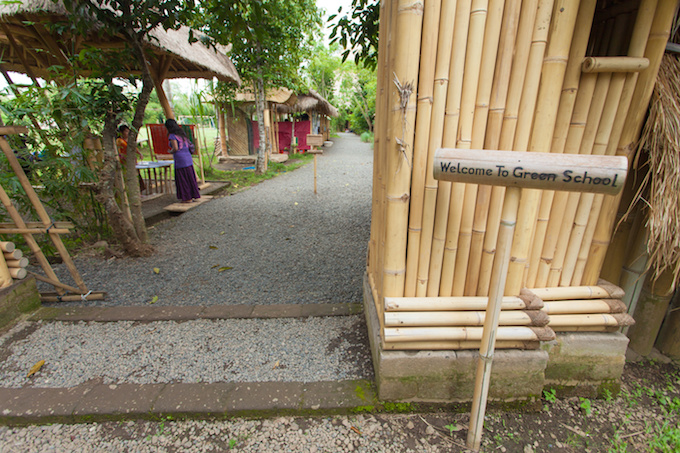
I am sure we have all walked into a space where we immediately felt comfortable and, conversely, have been in spaces that do not feel welcoming or comfortable. What is it about those spaces that engender those feelings?
A learning space will work well for everyone only if it is designed to do so. Design a plan from the outset that includes all students, particularly those experiencing barriers to learning. —TKI: Inclusive Education Guides for Schools
For New Zealand schools, the partnership outlined in the Treaty of Waitangi is a primary driver in the design of learning environments. In a recent CORE Breakfast, Dr Ann Milne (NZ educator and researcher) noted that, for Māori, our classrooms are often “white spaces” created by the absence of te ao Māori in the spaces and in teaching, learning and school-wide practice.
This absence of te ao Māori in New Zealand classrooms can create feelings of discomfort or invisibility.
While the Treaty partnership provides us with a primary driver for looking at learning spaces, a number of other hidden barriers may also exist.
Recently, I worked with a school to have a critical look at their spaces and identify how welcoming and comfortable they might feel. To support this work, we used the six headings outlined in the Inclusive Education Guide – Designing and configuring flexible learning spaces to support the full participation and engagement of all students.
Each staff member delved into the research and information provided under one of the headings in the guide (see image below).
Six lenses outlined in the Inclusive Education Guide – Designing and configuring flexible learning spaces to support the full participation and engagement of all students.
We then walked around the school viewing it through the chosen lens or lenses. The conversations started during this walkaround were rich and focused on some of the hidden barriers that can affect student access, engagement, and wellbeing. We talked about:
More importantly, this was not just talk. Staff made immediate changes to their learning environments based on what they noticed, and are considering and researching more options in the longer term.
I note a caveat for this post — taking a lens is not the same as living it. Nothing can replace working with a range of people with diverse perspectives when reviewing learning spaces. When we design spaces, we can collaborate from the outset to ensure that we design for all.
When we review established spaces, we can ask members of our learning community (students, whānau, and staff) which spaces they like being in and which feel less welcoming.
We can also use data such as who comes into the school and who does not to inform us. This type of data can provide a powerful starting point to help us ask the right questions and start the right conversations.
The much-delayed English draft curriculum is now out for consultation, generating discussion from teachers.
Research from AUT demonstrates arts, culture and recreation have positive impacts on all aspects of…
How effective has the school phone ban been in achieving its aims? Researchers from the…
School camps and excursions deliver hands on learning experiences, helping to consolidate classroom learning.
Innovations in AV technologies present new opportunities to engage with students. We look at how…
A new report from the University of Auckland’s Our Voices Project asks young people what…
This website uses cookies.